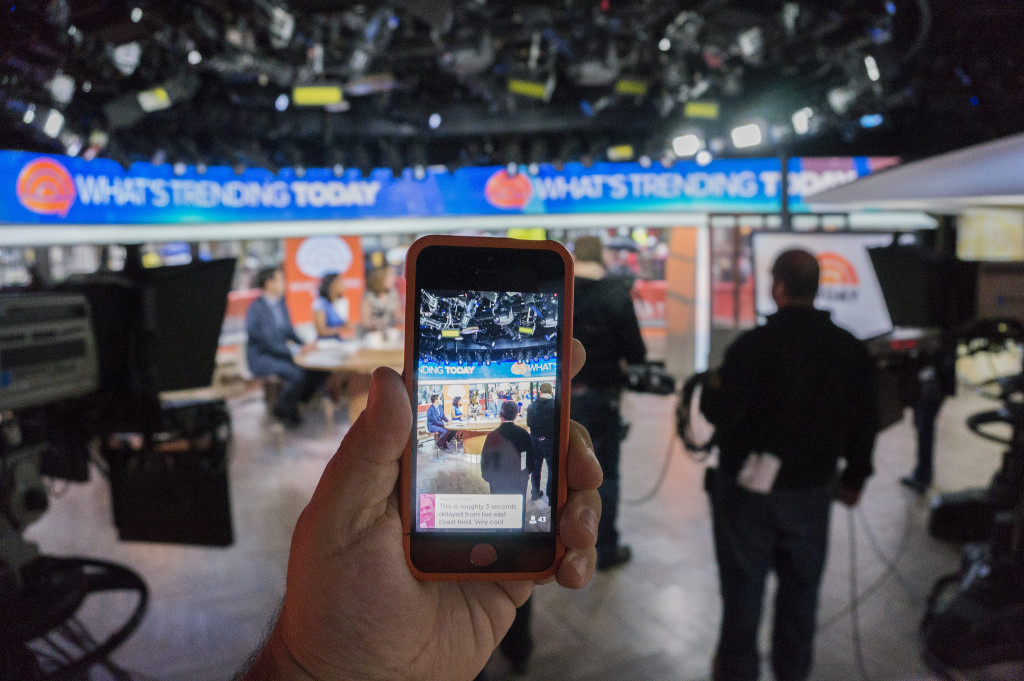The live-streaming video app Meerkat made a splash at this year’s SXSW. A few weeks later, Twitter released it’s own live-streaming app called Periscope, which proved to be just as, or more, popular with the social media crowd.
I admit, I love technology. I think new developments should be embraced with an eye toward how they can be used for good. However, progress and new technology come with skepticism, and occasionally fear. After all, new technology—especially the great, innovative variety—is disruptive and often pushes past current boundaries (or policies). It makes me happy, then, to see an organization use an app like Periscope in a positive manner.
The Seattle Reign FC of the National Women’s Soccer League, for example, streamed its whole match against the Portland Pilots via Periscope. While this is a great marketing practice, the issue of money shouldn’t be ignored.
“Given the insane amount of money networks spend for TV broadcast rights, are sports teams even allowed to live stream their own games with an app like Periscope?” Taylor Scoper wrote for GeekWire. “Can fans do the same from their seats? And what other impacts will Meerkat and Periscope have on the sports world?”
Those are fair questions, and Scoper does a great job at detailing the live-streaming policies for fans and reporters from the NBA, NFL, and MLB. If you’re not familiar with the policies, I’ll let you visit his article to learn more. What I want to bring up, though, is a question Scoper asks.
“Think about 70,000 people at an NFL game—even if a small subset of those fans decide to launch a Periscope stream, can the NFL really track down each user and shut down those feeds?” Scoper wrote.
I don’t see this being an issue now, because one would have to hold a phone up for the whole game. Arms get tired. Attention meanders. Still, though, wearables are getting smaller, stronger, better, and more commonplace. For example, you can already take a photo every 30 seconds with a clip-on camera that hardly anyone notices. As technology enables new levels of content capturing from anyone and everyone, venues will have a hard time focusing on specific products, but will need to figure out how to manage the more ambiguous realm of guest intentions.
(Image: Anthony Quintano/Creative Commons)

